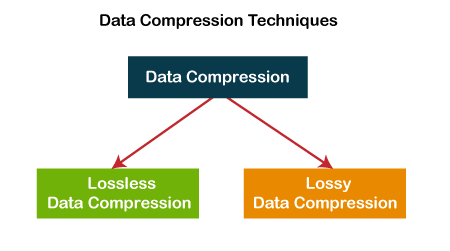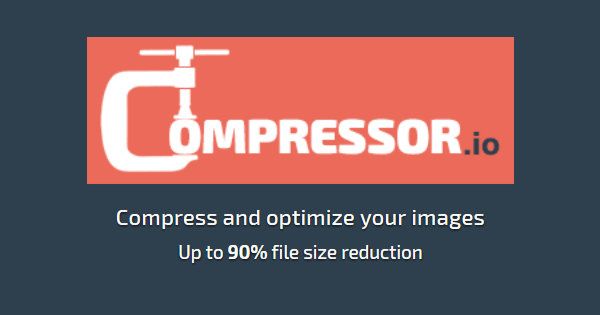

Visual confirmation of image quality is highly recommended with lossy optimization tools in production settings. In some cases, degradation of image quality is visible. In many cases, the PNG optimization decreases file size with an imperceptible impact on image quality. The optimized image files are updated at every Crunch release. The following examples demonstrate the benefits and disadvantages of the current iteration of Crunch's aggressive space saving optimization strategy. Select one or more PNG images in the Finder, right-click, and select the Services > Crunch Image(s) menu item to process your files. The macOS right-click menu service "Crunch Image(s)" can be installed with make or manually by drag and drop in the macOS Finder.

Crunch Image(s) macOS Right-Click Menu Service
#LOSSY PNG COMPRESSOR INSTALL#
Please see the Install documentation.ĭrag and drop one or more images on the application window to process your PNG files. The Crunch native macOS GUI application can be installed with Homebrew or the dmg installer that can be downloaded from the repository releases. Please see the Install documentation.Įnter paths to your PNG image files as arguments to the crunch executable. The crunch command line executable can be installed with make or manually. Installation and usage documentation links for each of the Crunch applications are available below.
#LOSSY PNG COMPRESSOR WINDOWS#
crunch - a *nix command line executable that can be used on macOS, Linux, and Windows POSIX application deployment environments such as Cygwin or the Windows subsystem for Linux.
#LOSSY PNG COMPRESSOR HOW TO#
Please see the benchmarks directory of this repository for details about the benchmarking approach and instructions on how to execute benchmarks locally on the reference images distributed in this repository or with your own image files.Ĭrunch PNG image optimization is available through the following applications that are distributed in this repository: This approach leads to a significant file size gain relative to lossless approaches at the expense of a relatively modest decrease in image quality (see example images below).Ĭontinuous benchmark testing is available in our GitHub Actions CI. It combines selective bit depth, color type, and color palette reduction with zopfli DEFLATE compression algorithm encoding using the pngquant and zopflipng PNG optimization tools. Depending on how much you compress, the results can be quite noticeable.Crunch is a tool for lossy PNG image file optimization. You can also do lossy PNG compression by reducing the color depth and other factors. This compression doesn’t just save you a lot of space you also get a more convenient way of storing them in archives, like compressed folders. The best option to compress your PNG files without affecting image quality is using a program such as WinZip. This delay is usually not a problem unless you have a slow computer or compress thousands of PNG files simultaneously. This compression does not impact image quality like with JPEG it merely optimizes how you store the file on your hard drive.īut exporting your PNG file using more compression takes a longer time. In image editing software, you can often set the amount of lossless compression when saving in PNG. If your website contains many PNG images and you were to reduce their file sizes by only 20%, it adds up, resulting in faster loading times after compression. Coincidentally, file size also impacts loading times on websites. By reducing file size with compression, you can store more images and other files. PNG files are high quality and often take up a lot of space on your hard drive. There are two main reasons as to why someone would want to compress PNG images. It’s better than nothing, but if you’re looking to heavily compress your PNG images, lossy compression or using WinZip are better ways to go. In size, you’re typically looking at a 0-10% reduction. With lossless compression when exporting your image, the file size reduction typically isn’t that great. Sometimes the difference is noticeable, other times not. But this comes at a loss of image quality, which is why this is called lossy compression. Changing your color depth from 24-bit (16 million colors) to 8-bit (256 colors) can reduce the file size by 50% or more.


 0 kommentar(er)
0 kommentar(er)
